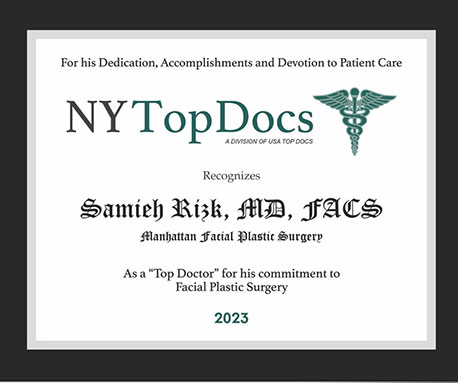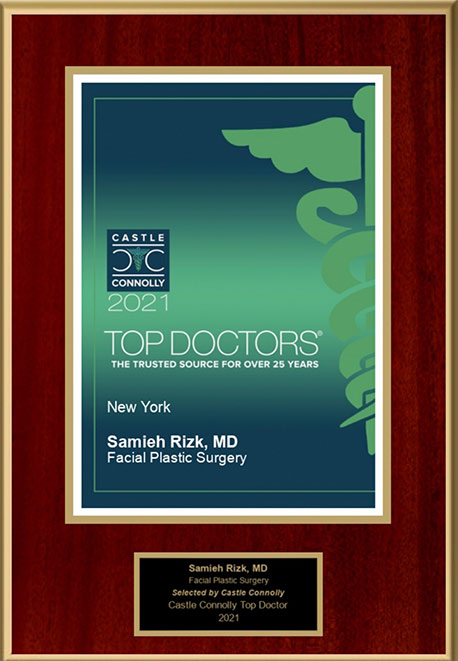Do You Need a Endoscopic Sinus Surgery
When the sinuses are blocked, they are unable to properly drain. This can lead to a host of issues, including infections, headaches, breathing problems, excessive drainage from the nose (rhinorrhea) or into the throat (post-nasal drip), mucous buildup and other problems associated with sinusitis. Endoscopic sinus surgery is a modern procedure to treat sinusitis and related conditions.
Indications for Endoscopic Sinus Surgery
Endoscopic sinus surgery is most often indicated for infectious and inflammatory sinus disease. Common endoscopic sinus surgery indications include the following:
- Recurrent sinusitis
- Chronic sinusitis that has been unresponsive to medical treatment
- Sinus mucoceles
- Nasal polyposis
- Excision of selected tumors
- Orbital decompression
- Optic nerve decompression
- Dacryocystorhinostomy (DCR)
- Foreign body removal
- Epistaxis control
- Antrochoanal polyps
- Choanal atresia repair
- Cerebrospinal fluid (CSF) leak closure
Endoscopic sinus surgery is usually reserved for patients who: a) have rhinosinusitis, as established through a thorough history and a comprehensive physical examination, including CT scans if necessary; and b) have not had success with other medical treatment.
Before determining that a patient needs endoscopic sinus surgery, doctors may take several measures in an attempt to treat the patient’s condition non-surgically. If the patient has allergies, the doctor will likely prescribe antihistamines, and possibly nasal steroid sprays.
If these treatments are ineffective, the patient may need endoscopic sinus surgery. Some patients also require other forms of surgery; for example, the use of spreader grafts to address internal valve narrowing, or turbinate reduction if the patient’s turbinates are causing breathing problems.

Endoscopic Surgery – The Procedure
During endoscopic sinus surgery, the surgeon inserts a small telescope with a high-definition camera into the nose, and an image is projected onto a TV screen in the operating room. This allows the surgeon to see if the sinus opening are blocked or narrowed. Then, the surgeon uses special instruments to enlarge the openings. The surgery is sometimes called “functional” endoscopic sinus surgery because it enlarges the sinus openings, rather than creating new ones.
Endoscopic Surgery Recovery
Following surgery, patients can expect to spend a few hours recovering at the surgical facility. Most are able to go home after a few hours.
Patients are typically advised to take about a week off. During this time, patients are instructed to avoid blowing their nose. It’s OK to walk and do things around the house during this time, but bending over, straining lift anything over 20 pounds need to be avoided. Also during the first week, the surgeon may ask the patient to return to the clinic one or more times so that the surgeon can remove any excess mucus and dried blood from the nose.
After the first week patients can engage in light exercise. They should expect some minor discomfort and, possibly, bleeding for about two weeks.
The surgeon may prescribe antibiotics to take during recovery. He or she may also provide nasal spray and saltwater rinses.
Complications/ Risks Related to Endoscopic Sinus Surgery
In the past, sinus surgery was a relatively invasive procedure. But thanks to the advent of endoscopic techniques, sinus surgery is now less complicated, with less downtime and a lower risk of complications. In fact, endoscopic sinus surgery can even be performed in combination with other nasal procedures, including rhinoplasty.
However, as with any surgery, there are certain risks and potential complications, including bleeding, spinal fluid leakage, recurrence of sinus problems, visual problems and several rare complications such as voice changes and facial pain.








